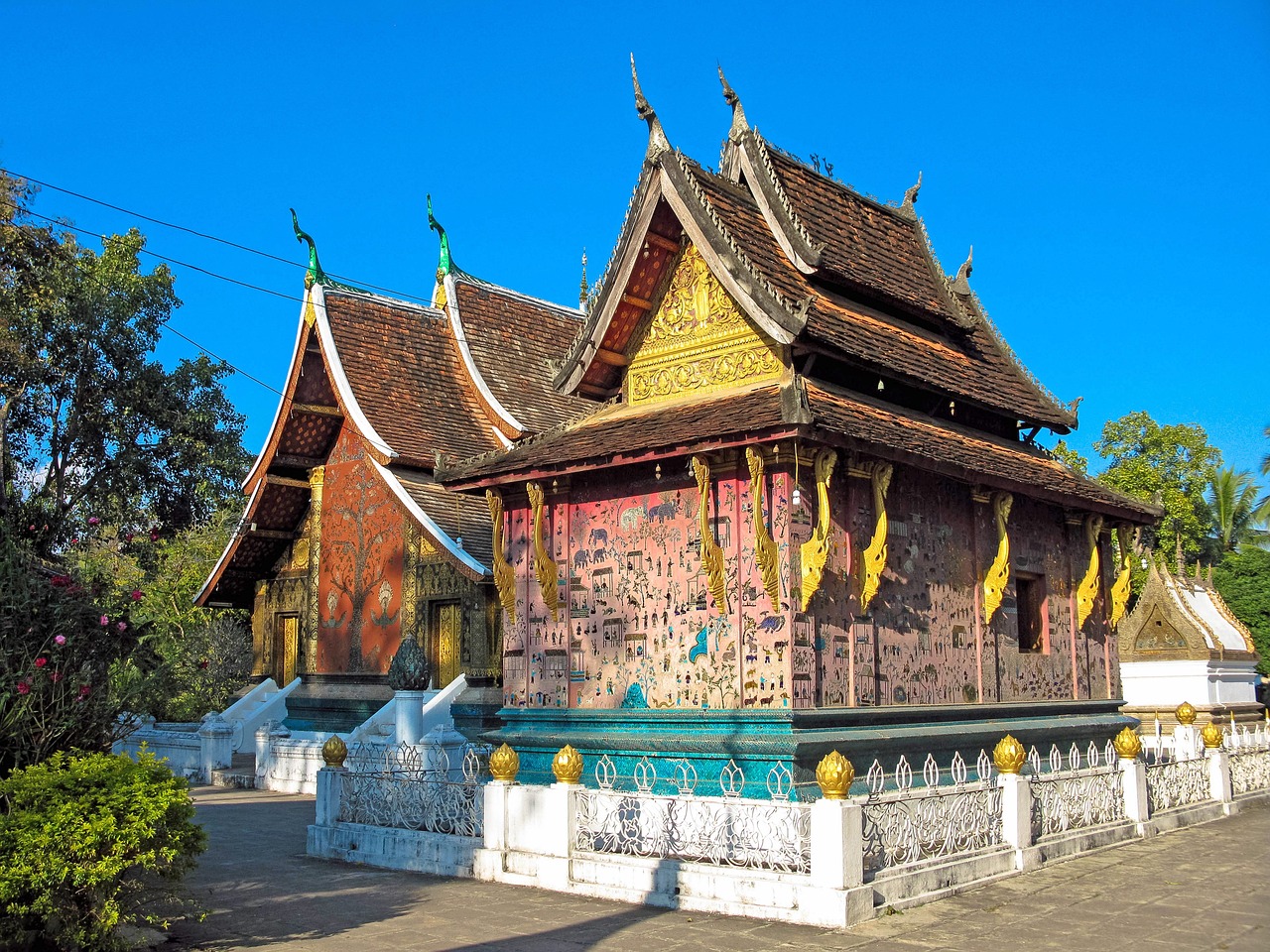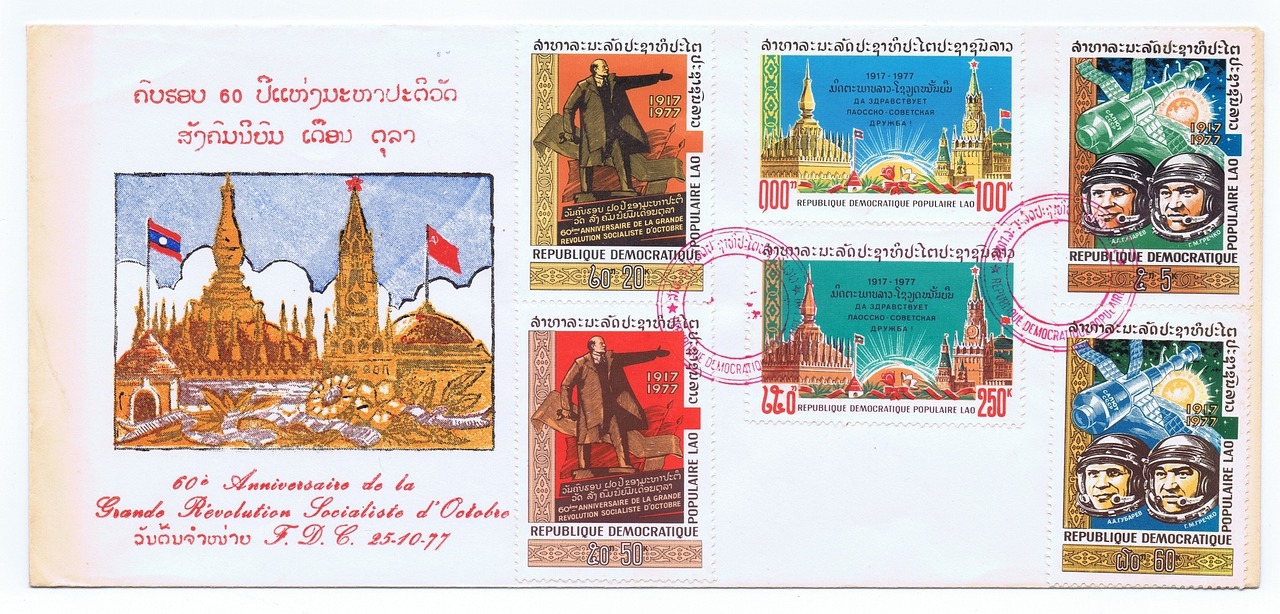Cultural Sensitivities: Understanding Local Norms in Laos
Laos, officially known as the Lao People’s Democratic Republic, is a landlocked country in Southeast Asia. With a rich cultural heritage, Laos offers a unique experience for travelers. However, to fully appreciate and respect the local culture, it is essential to understand and adhere to the cultural sensitivities that exist. This article aims to provide an in-depth understanding of the local norms in Laos, helping visitors navigate the country with respect and appreciation.
Traditional Greetings and Etiquette
In Laos, greetings are an important part of daily life. When meeting someone for the first time, it is customary to greet them with the traditional Lao greeting, known as the “nop”. This involves placing your palms together in a prayer-like gesture and slightly bowing your head. It is important to note that touching someone’s head is considered disrespectful in Lao culture, so avoid doing so.
- Addressing People: When addressing someone in Laos, it is polite to use their title followed by their first name. For example, if someone’s name is Khamphou, you would address them as “Mr. Khamphou” or “Mrs. Khamphou”.
- Gift Giving: When presenting a gift to a Lao person, it is customary to use both hands. Gifts are usually wrapped in colorful paper or placed in a small bag. Common gift choices include flowers, fruit, or traditional Lao handicrafts.
- Table Manners: When dining with Lao locals, it is polite to wait for the host to invite you to eat before starting your meal. Use your right hand to eat, as the left hand is considered unclean. It is also customary to leave a small amount of food on your plate to show that you are satisfied.
Religious Practices and Beliefs
Buddhism is the dominant religion in Laos, and it heavily influences the country’s culture and way of life. Understanding and respecting religious practices is crucial when visiting Laos.
- Temples and Monks: Laos is home to numerous temples, and they are considered sacred places. When visiting a temple, it is important to dress modestly, covering your shoulders and knees. Remove your shoes before entering and avoid pointing your feet towards Buddha statues or monks.
- Alms Giving: Tak Bat, or the giving of alms to monks, is a common practice in Laos. If you wish to participate, wake up early and observe from a respectful distance. It is important to follow local guidelines and avoid disrupting the process.
- Respecting Sacred Objects: Buddha images and other religious artifacts are regarded as sacred in Laos. It is essential to treat them with respect and avoid touching or taking photographs with them without permission.
Social Customs and Taboos
Laos has its own set of social customs and taboos that visitors should be aware of to avoid causing offense or misunderstanding.
- Respecting Elders: In Lao culture, elders are highly respected. It is customary to greet older people first and use polite language when addressing them. Touching an elder’s head or pointing your feet towards them is considered disrespectful.
- Public Displays of Affection: Public displays of affection, such as kissing or hugging, are generally frowned upon in Laos. It is best to show restraint and avoid causing discomfort to the locals.
- Proper Dress: Lao people value modesty, especially in religious or rural areas. It is advisable to dress conservatively, covering your shoulders and knees, to show respect for the local culture.
Food and Dining Etiquette
Food plays a significant role in Lao culture, and there are specific customs and etiquette to be aware of when dining in Laos.
- Chopstick Etiquette: When using chopsticks, it is essential to avoid sticking them upright in a bowl of rice, as this resembles funeral rituals. Instead, rest them on the chopstick holder or the side of your plate.
- Sharing Food: Lao meals are often served family-style, with dishes placed in the center of the table. It is customary to wait for the host to start eating before you begin. If you wish to try a specific dish, use a clean spoon or serving utensil to take a portion onto your plate.
- Spicy Food: Lao cuisine is known for its spicy flavors. If you are not accustomed to spicy food, it is advisable to inform your host or server beforehand to ensure your meal is prepared to your taste.
Environmental Awareness
Laos is blessed with beautiful natural landscapes, and it is important to be mindful of the environment and practice responsible tourism.
- Littering: Properly dispose of your waste in designated bins or take it with you until you find a suitable disposal point. Avoid leaving trash in natural areas or water bodies.
- Wildlife Conservation: Laos is home to diverse wildlife, including endangered species. Refrain from purchasing products made from protected animals or contributing to activities that exploit animals.
- Sustainable Travel: Choose eco-friendly accommodation options and support local initiatives that promote sustainable tourism. Respect any regulations or guidelines set for protected areas or cultural sites.
Image 1: Laos

Traditional Festivals and Celebrations
Laos is known for its vibrant festivals and celebrations, which provide a glimpse into the country’s culture and traditions.
- Bun Pi Mai (Lao New Year): Celebrated in April, this festival marks the beginning of the Lao lunar calendar. It involves water splashing, temple visits, and traditional performances.
- Bun Bang Fai (Rocket Festival): Taking place in May, this festival features the launching of homemade rockets to encourage rainfall for the upcoming rice planting season. It is accompanied by music, dance, and traditional competitions.
- Bun Awk Phansa (End of Buddhist Lent): Celebrated in October, this festival marks the end of the three-month Buddhist Lent. It involves boat races, candlelit processions, and the release of illuminated floats on rivers.
Image 2: Laos

Respecting Traditional Lao Clothing
Traditional clothing in Laos holds cultural significance, and it is important to respect and appreciate its value.
- Pha Sin: The Pha Sin is a traditional Lao skirt worn by women on special occasions. It is intricately woven and holds symbolic meaning. Avoid wearing or imitating traditional clothing without proper understanding or permission.
- Pha Biang: The Pha Biang is a ceremonial sash worn by both men and women. It is a symbol of good luck and protection. Treat this garment with respect and avoid using it as a fashion accessory.
Local Customs and Superstitions
Laos has a rich tapestry of customs and superstitions that are deeply ingrained in the culture.
- Spirit Houses: Many Lao households have small spirit houses outside their homes to provide shelter for guardian spirits. Avoid touching or disturbing these spirit houses.
- Naga Belief: The Naga, a mythical serpent, is believed to protect rivers and lakes in Lao folklore. It is considered disrespectful to swim or fish in these bodies of water without seeking permission from the Naga.
Image 3: Laos

Conclusion
By understanding and respecting the cultural sensitivities in Laos, visitors can have a more enriching and authentic experience. From traditional greetings to religious practices, social customs to dining etiquette, being aware of and adhering to local norms is essential. Additionally, practicing environmental awareness and respecting traditional clothing and customs further contribute to responsible and respectful travel in Laos.
References
The information in this article was derived from the following sources:
- tourismlaos.org: Official website of the Lao National Tourism Administration
- laos-guide-999.com: A comprehensive guide to traveling in Laos
- lonelyplanet.com: Travel information and guides for Laos
- culturalsurvival.org: Resources on indigenous cultures and traditions

